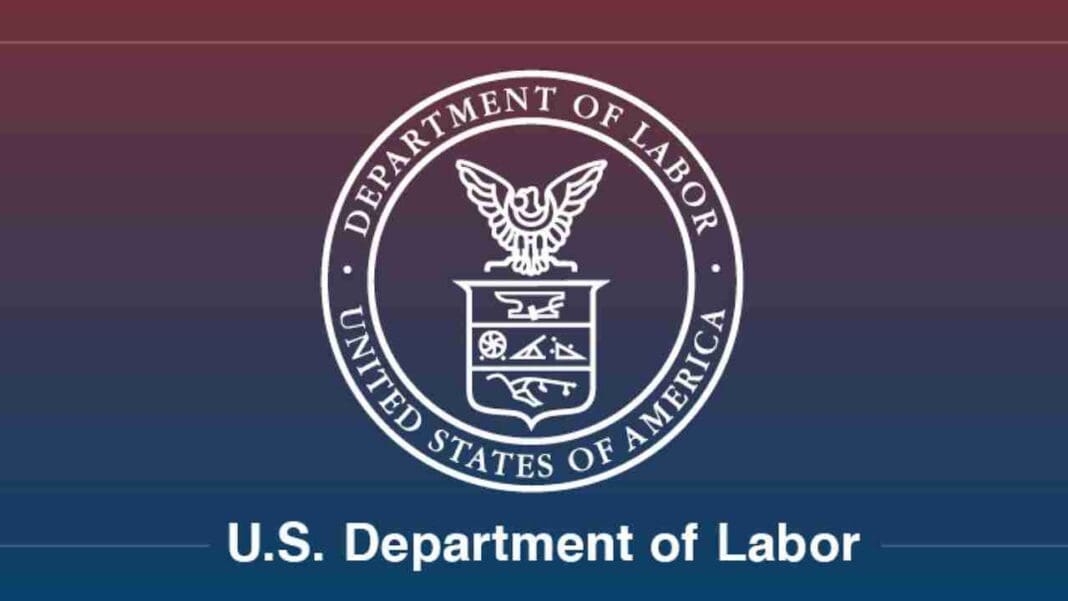Heat is a leading cause of death among all weather-related phenomena in the United States. And it’s a serious occupational hazard for many workers, both indoors and out. That’s why the Occupational Safety and Health Administration has proposed a new standard that would protect approximately 36 million workers from heat hazards.
We’ve gotten a lot of questions about the proposed rule. Here are answers to some of those FAQs – but remember, this is a proposed rule and it is subject to change based on input from the public:
1. What workers would be covered?
Anyone working outdoors or indoors in general industry, construction, maritime and agricultural sectors where OSHA has jurisdiction. That includes many occupations where we know workers are at high risk of heat hazards, such as farmworkers, restaurant workers, construction workers, delivery drivers and many more. In states with their own State Plans, OSHA monitors those plans – and they must be at least as effective in protecting workers and in preventing work-related injuries, illnesses and deaths.
2. Who isn’t covered?
People who telework; those who perform work with no reasonable expectation of exposure to a heat index at or above 80°F (indoors or outdoors); those whose work is performed in indoor work areas or vehicles where air conditioning consistently keeps the temperature below 80 °F; people doing emergency response work; those doing indoor sedentary activities, such as sitting at a desk; and workers who may be exposed to a heat index at or above 80°F for a short time (15 minutes or less in any 60-minute period).
3. How would heat hazards be identified at my worksite?
For outdoor work, employers would need to track the local heat index (temperature + humidity) forecasts, or measure the heat index or the “web bulb globe temperature” (WBGT).
For indoor work, employers would need to identify work areas with hazardous heat exposure, and to develop and implement a monitoring plan for those areas by measuring the heat index or WBGT.
4. What happens when the heat index reaches 80°F at my worksite?
A heat index of 80°F is the initial heat trigger. At or above the initial heat trigger, an employer would be required to:
- ensure workers have readily accessible, cool drinking water (at least 1 quart per hour)
- allow paid rest breaks if needed
- at outdoor work sites, provide one or more readily accessible break areas with shade OR air-conditioning if in an enclosed space, like a trailer, vehicle or structure
- at indoor work sites, provide one or more readily accessible break areas with air-conditioning OR increased air movement and, if appropriate, de-humidification
- implement an acclimatization plan for the first week of work for new and returning employees
- communicate regularly with employees
At or above the high heat trigger, when there is a heat index of 90° F, an employer would also be required to:
- provide paid rest breaks – a minimum of 15 minutes every two hours (a meal break – whether paid or unpaid – may also serve as a rest break)
- set up an observation system to check employees for the signs and symptoms of heat-related illnesses
- maintain effective two-way communication with employees who are alone at a work site at least every 2 hours
- provide a heat hazard alert to employees on the importance of drinking water, taking rest breaks and following lifesaving emergency procedures
5. Will employers be required to provide training on heat hazards?
Yes, the proposal includes a requirement that supervisors, heat safety coordinators and employees be provided with both initial and annual refresher training, as well as supplemental training in specific scenarios – such as if a heat injury or illness occurs at the worksite.
6. Is a plan for acclimatization included in the proposed rule?
Yes. We know that nearly 3 out of 4 workers who die from heat-related causes die in their first week on the job. The proposed rule would require employers to follow acclimatization procedures for the first week of work for all new employees, as well as returning employees who have been away from work for more than 14 days.
The proposed rule provides two options for acclimatization: implementing a plan that, at minimum, includes incorporating the high-heat requirements at the initial heat trigger or following a schedule that gradually increases exposure to heat over time.
7. What is included to ensure workers are protected during a heat-related emergency?
As part of their work site heat injury and illness prevention plan, employers are required to include site-specific information to evaluate and control heat hazards in their workplace. This includes developing procedures – including immediate actions – for responding to an employee experiencing a heat emergency or showing signs of heat illness.
8. How can I give my feedback on the proposed rule?
To help shape the final rule, share your comments via the Federal Register by Dec. 30. Here are some tips for submitting an effective comment:
- Tell us your story – share how the issue impacts you, other workers or your industry
- provide as much detail as possible
- include any ideas or suggestions you have for addressing the issue
- where possible, include data, research and supporting evidence
Check out osha.gov/heat-exposure/rulemaking to learn more about the proposed rule, including updates on a future public hearing.



